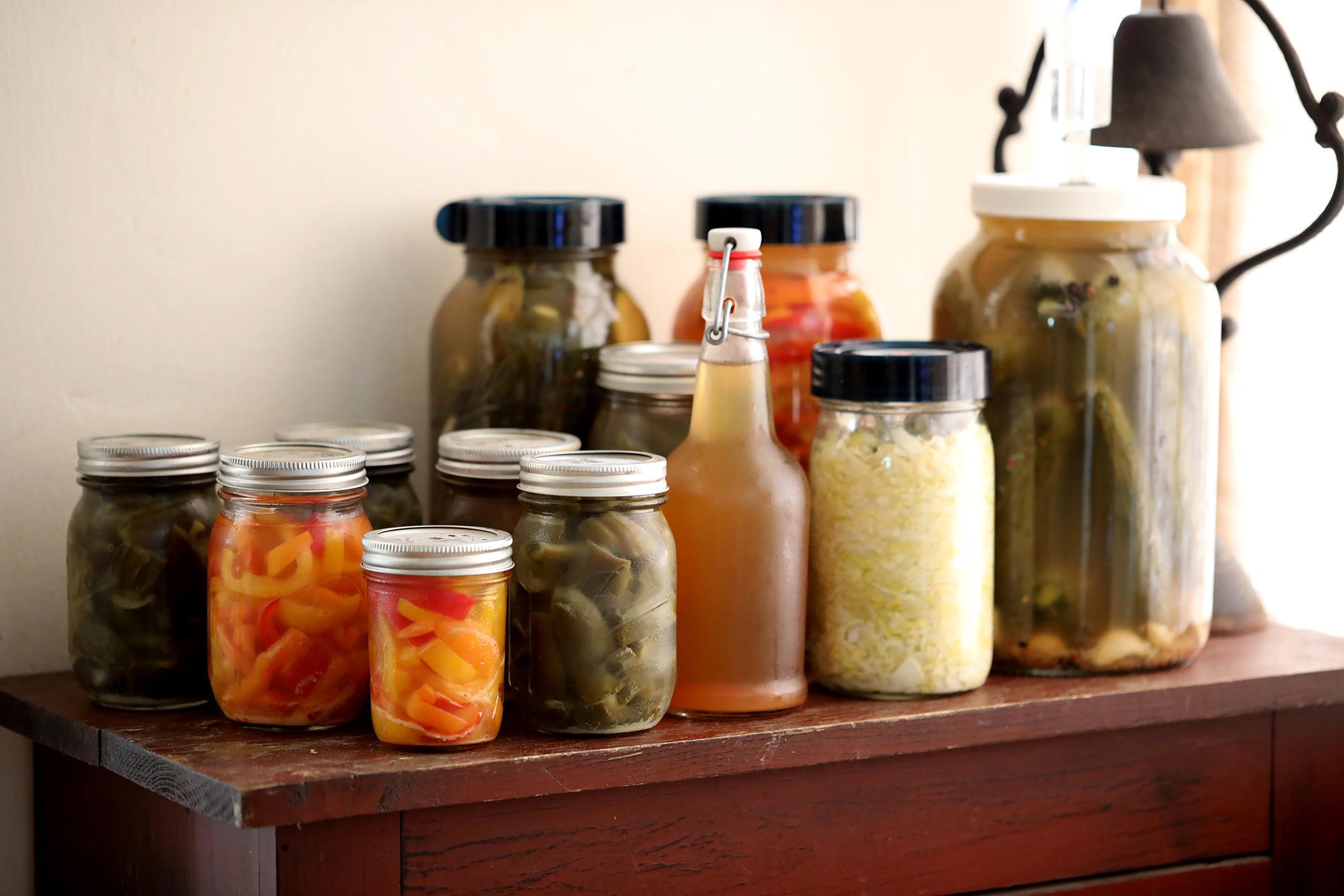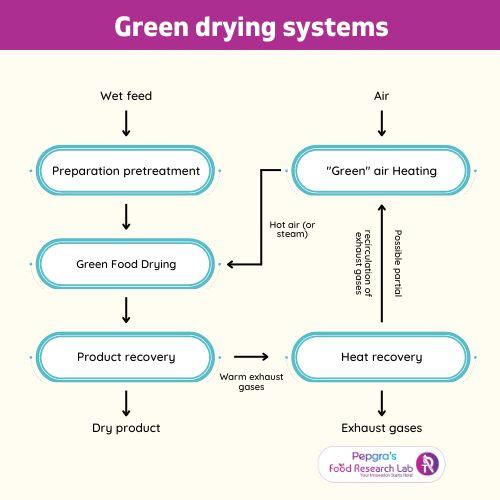
1 minute read
ENZYMES 3)
Enzymes have recently been gaining a lot of attention in food processing that can help decrease the environmental impact. Enzymes have many advantages high activity at low temperatures, specificity, and ease of inactivation.
The specificity of enzymes results in the production of consistent products. A range of food items can be made from harvested produce thanks to the action of enzymes in foods, which has advantages such as extending shelf life of food and improving sensory properties, functioning, and yield.
Advertisement
In addition, enzymes are more environmentally friendly since they incorporate milder treatments. Amylase, pectinase, bromelain, trypsin and glucose oxidase are some enzymes used in food processing [2]. Studies have also shown that enzymes have a potential for developing food flavour [3].
DRYING TECHNIQUES 4)
Drying is one of the most energy-intensive processes in food product development. Innovations in reducing energy consumption in drying include using alternative forms of energy like solar energy [2][4].
Solar energy can also be exploited for cooking and pasteurization [4].
Green drying installation schemes have been introduced wherein the heat is collected from exhaust fumes and circulated.
After heat recovery, exhaust gases might undergo additional cleaning to eliminate greenhouse gases. [2]




